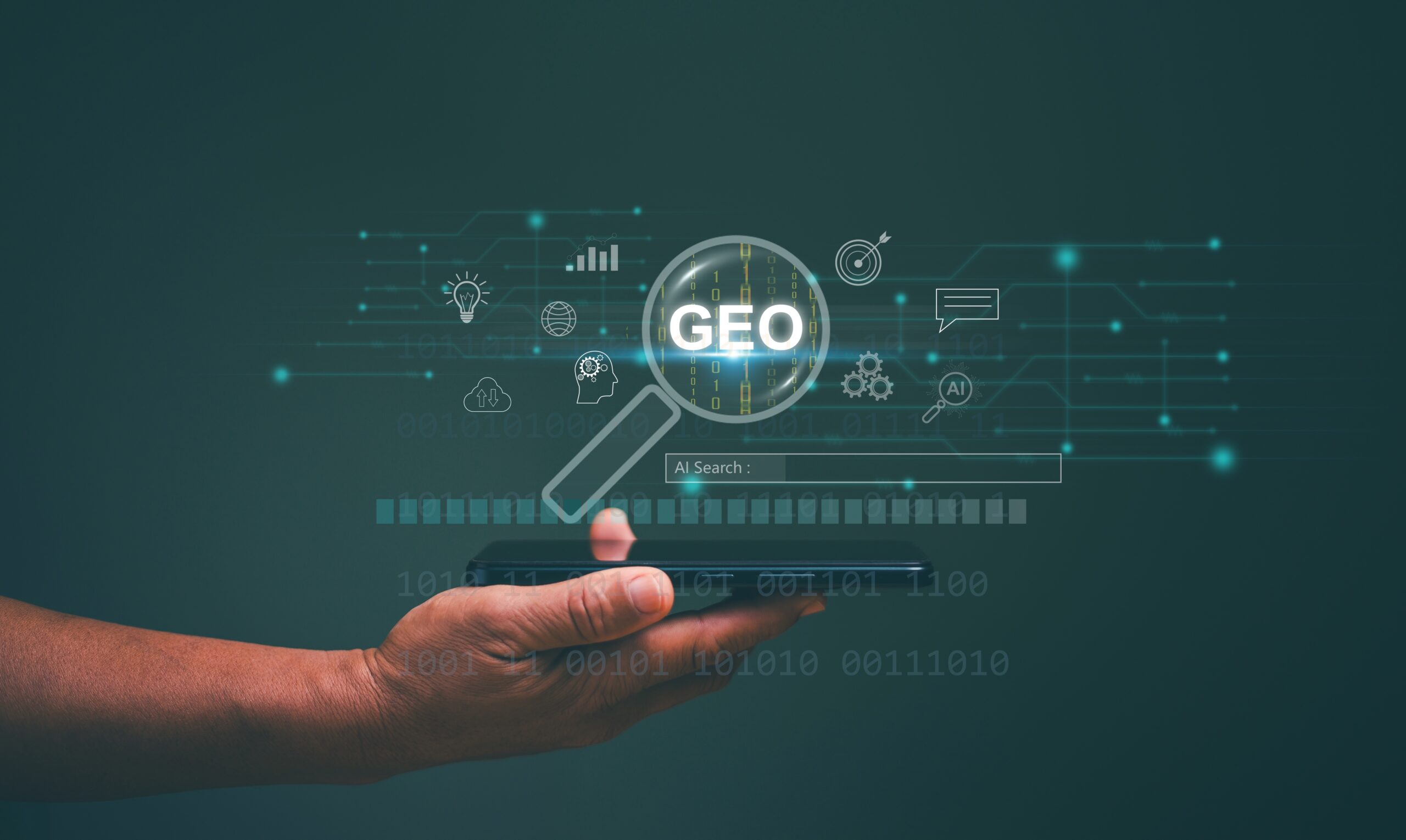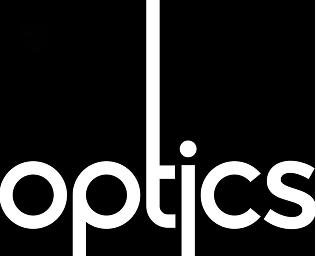Why GEO Isn’t the Future Anymore. It’s Right Now.
Your competitors are already positioning themselves in an emerging channel most marketing leaders haven’t fully grasped yet. While the majority of organizations are still figuring out what AI search tools mean for their visibility, the most sophisticated ones are already asking a different question: how do we own visibility in generative engine optimization?
The shift is undeniable. Over 700 million weekly searches now happen through ChatGPT, Perplexity, Gemini, and other LLM platforms instead of Google. That’s not a rounding error. That’s a fundamental change in how audiences discover products, services, and the brands they trust.
Most agencies treating GEO as experimental work are already falling behind. This isn’t the time for agencies to be figuring it out. It’s the time for agencies that have already figured it out to help their clients move fast.
The Difference Between Being Ready and Getting Left Behind
AI SEO optimization requires more than adapting traditional SEO tactics into a new channel. It’s a different discipline entirely. The ranking factors are different. The content requirements are different. The competitive dynamics are fundamentally different.
This is where early mover advantage matters in ways that most industries never allow.
Three years of systematic work in this space have produced what actual results look like. Not theories. Not white papers. Not consultant-speak. Real client work. Real data. Real improvements in visibility where it actually matters to your bottom line.
That work reveals a critical truth: generative engine optimization works differently at every level. A B2B SaaS company needs a different GEO strategy than a DTC brand. A healthcare provider needs a different approach than a professional services firm. An e-commerce business needs a different framework than a B2B agency.
One-size-fits-all doesn’t cut it in traditional SEO, and it sure as hell doesn’t cut it here. The agencies leading this space have built industry-specific methodologies because they’ve actually done the work with real clients across these different verticals.
AI Optimization Requires Deep LLM Expertise Most Agencies Don’t Have
Generative engine optimization is fundamentally different from traditional SEO. The ranking factors are different. The content requirements are different. The competitive dynamics are entirely new. This isn’t a channel where conventional SEO thinking translates.
Here’s where most agencies are stuck: they don’t have direct relationships with LLM providers. They’re not participating in the research initiatives shaping how these algorithms evolve. They’re not connected to the AI optimization experts building these platforms. Without those relationships, they’re building GEO strategies in a vacuum.
The difference between agencies that can actually move the needle in this channel and those that can’t comes down to access. Direct access to LLM provider research. Systematic testing environments across all major AI platforms. Real-time data from ongoing client implementations. Industry-specific insights from years of focused work in this space.
Building those relationships takes time. Establishing credibility with the companies building these tools takes focus. Developing proven methodologies requires real client work at scale, not theoretical frameworks.
Most agencies haven’t done this work. They don’t have these relationships. They can’t offer the expertise this emerging channel demands.
What Proven Methodology Actually Means
The difference between theoretical GEO work and what actually moves visibility is measurable.
Proven methodology starts with direct research. Engagement with the experts building these AI systems. Understanding ranking factors before they’re obvious. Identifying opportunities before the market gets crowded.
It requires systematic testing across every major AI platform. Not publishing content and hoping it ranks. Testing variations. Analyzing performance. Understanding what triggers visibility in ChatGPT, what moves the needle in Perplexity, what actually converts in Gemini recommendations.
Then comes real client application at scale. Taking research and testing insights and applying them to genuine business challenges. A retail brand trying to get discovered when someone’s asking their AI assistant for shopping recommendations. A professional services firm trying to show up when someone’s asking about industry best practices. A SaaS company trying to win when prospects are researching in AI search first.
These applications reveal what works and what doesn’t. They produce measurable improvements in AI visibility. They prove which frameworks actually drive business outcomes.
Finally, industry and business model-specific frameworks. What works for B2B doesn’t optimize for DTC. What works for e-commerce might miss the mark for healthcare. What works for SaaS differs from professional services. The agencies leading this space have documented these frameworks. They’ve created repeatable processes. They’ve proven results across multiple client types.
That’s what separates actual expertise from the agencies still experimenting.
Traditional SEO Still Matters (But It’s Not Enough)
Here’s where some marketing leaders get nervous about GEO. If we’re investing here, does that mean we pull back from traditional SEO?
No. That’s exactly the wrong conclusion.
Your SEO performance in Google is still critical. It’s still where massive search volume lives. It’s still where qualified traffic comes from. This isn’t about telling you that SEO is dead. That’s agency panic talk.
What the data actually shows is that SEO alone is now insufficient. Organizations need both. They need to own visibility where their audience is searching. Right now, that means being visible in Google, in AI platforms, and anywhere else their customer journey actually takes them.
The brands winning right now understand this. They’re not choosing between SEO and GEO. They’re building strategies that own multiple discovery channels simultaneously. They’re being found by traditional search. They’re appearing in AI recommendations. They’re present across the entire competitive landscape where their audience is actually looking.
That requires strategy that connects these channels. That requires prioritization. That requires knowing where to invest in GEO work that actually drives business outcomes versus where traditional SEO effort still delivers more value.
This is the conversation happening in smart CMO offices right now. Not whether to do GEO. But how to do it strategically alongside everything else you’re already managing.
Why Timing Matters More Than Perfection
The market is at a critical inflection point. In three years, every agency will claim GEO expertise. Every consultant will have a framework. Every platform will have built-in optimization tools. The competitive advantage of early movement will compress.
But right now, it’s still a window where intelligence and speed matter. The brands positioning themselves now will have years of data, proven frameworks, and market leadership. The organizations waiting will be playing catch-up.
Competitive advantage in emerging channels doesn’t last forever. It gets commoditized. That makes timing critical.
The leading organizations in this space are already moving. They’re not waiting for the market to figure this out. They’re not building GEO strategies slowly. They’re partnering with agencies that have already done the foundational work—the research, the testing, the client applications, the industry-specific frameworks.
They’re moving fast with partners who can move fast because they’ve already done the hard work.
Where Do You Start?
This isn’t a channel where experimentation makes sense. The window for early mover advantage closes fast in emerging spaces. Waiting to understand GEO before moving is a strategy for falling behind.
The organizations that will own this space are the ones moving now. Not with tentative steps. Not with experimental budgets. With conviction and partners who’ve already proven they can move the needle in this channel.
The 700 million weekly users choosing AI search over Google isn’t going away. That number is only trending one direction. Your visibility in that space will become increasingly critical to competitive positioning.
The leading organizations will be three years ahead. They’ll have proven frameworks. They’ll have multiple case studies. They’ll understand what works in your specific industry and business model. They’ll have the LLM provider relationships and insider insights that drive measurable results.
The question isn’t whether to build a GEO strategy. It’s whether your organization will be leading this shift or playing catch-up to competitors who already are.
That window is still open. But it won’t stay that way.




